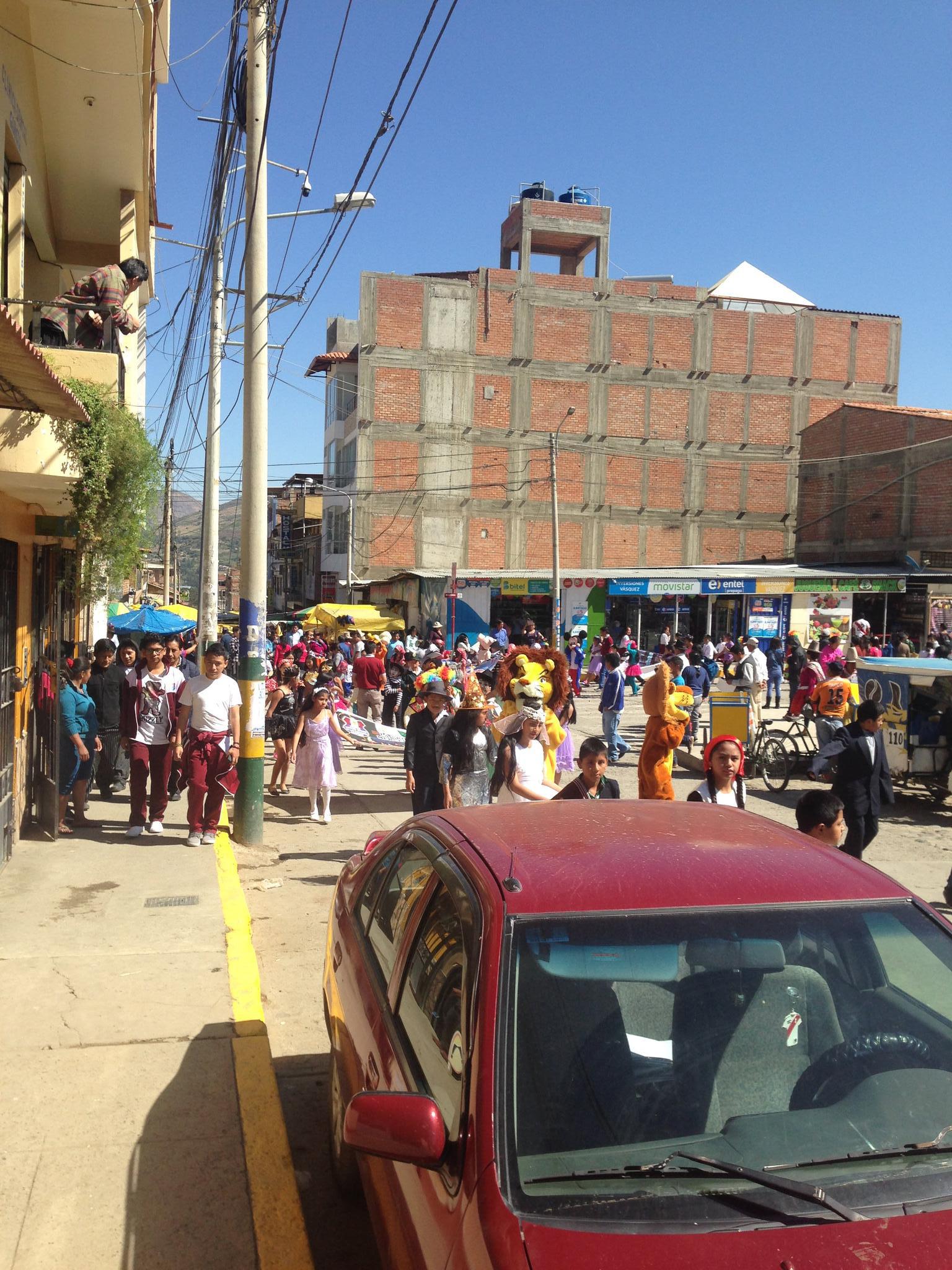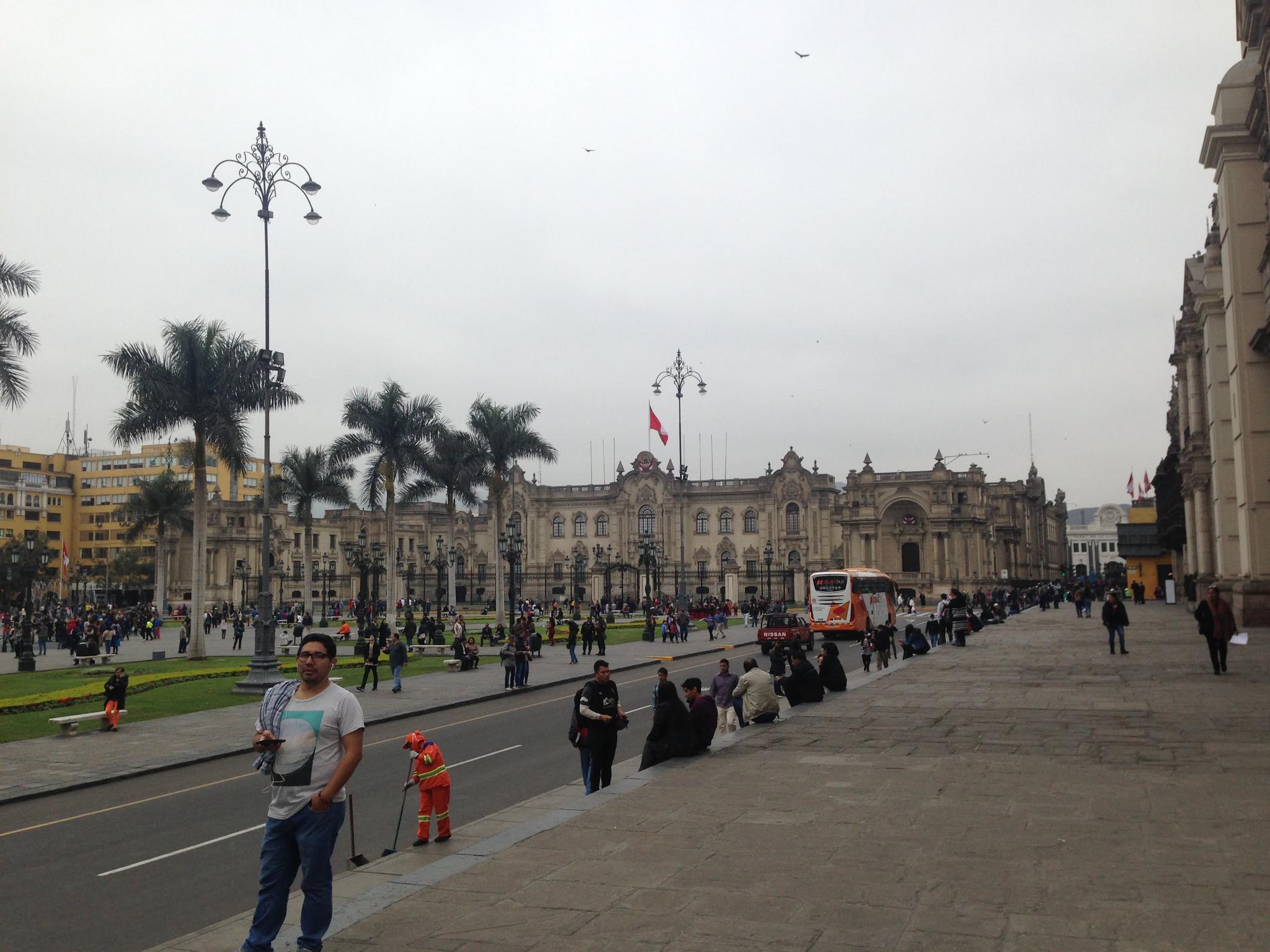Hopeful and Hopeless in Lima
late January 2023
Lima
In late 2022, the democratically-elected leftist Pedro Castillo was ousted from the presidency after an illegal attempt to dissolve congress. Castillo’s successor Dina Boluarte, while historically of the left-wing, is seen as more moderate than Castillo. Amongst Castillo’s largely rural and indigenous supporters, Boluarte’s government is seen as illegitimate. The ensuing protests in support of Castillo have been met with aggression by the government which, in turn, has spurred more protests throughout the country. A resident of Lima gives his take on the situation in late January 2023.
“The streets of Lima [in early 2023] are full of police and soldiers. People are afraid to leave their houses. I am afraid to leave my house. I have to leave, however, to work. But since fewer people are leaving their homes, the economy has ground to a halt,” recounts Roberto (I have changed his name to protect safety).
He says there are protests in various neighborhoods while in others the streets are nearly deserted. “People – myself included – are afraid they will be detained or hit by a stray bullet if they leave their homes.” The tension is palpable.
Roberto is a motorcycle delivery driver working freelance. “People always need products moved, so I at least have some work. Less than before but some. I just have to be careful and duck away if I sense things could get out of control.”
Roberto was detained by police months prior to the protests. The police were conducting a criminal raid in a neighborhood where he was making deliveries and he was swept up by accident. “It took months to sort that mess out and clear my name,” he laments. “I am wary of becoming collateral damage again.”
Despite the dangers, Roberto feels confident in his ability to quickly exit a dangerous crowd. “On a motorcycle I can get in and out of any place quickly. It is far safer and effective than in a car.”
I ask Roberto how he thinks the protests will end. “I have no idea. It feels like they aren’t going to stop but I also don’t think the protests will change society much. Even if the protests overthrow the government it won’t create meaningful change.”
Roberto says Peru will always be controlled by a small elite and foreigners who have gotten wealthy by extracting the country’s natural wealth – just as it has throughout its history.
I ask whether the United States supports the current government that ousted Castillo. “I don’t have specific evidence that they are but I always assume they are behind the scenes helping the current government. They always help a government that will allow corporations to exploit the nation’s resources.” Roberto adds it is hard to know what is true. He claims Peruvian the media is skewed toward the government.
Even though he sees no end point or meaningful change occurring, there is a sense that the protests are only just intensifying. “Right now, the people in Lima who are against the government are staying inside because of fear. Most of the people protesting the government are coming from outside Lima. As more arrive from outside Lima, I think this will give the residents of Lima more of a push to leave their homes and join the protests.” Indeed, many have already arrived in Lima and been welcomed by residents.
Roberto notes that some in Lima, especially the wealthier areas, are pro-government. In Miraflores, an affluent neighborhood, Roberto says there have been pro-government protests which have been protected – rather than repressed – by the police.

“Some in Lima look down upon those from the provinces. They think Lima is Peru and the only place that matters in Peru. On social media, I have seen many negative comments about how those who have come from the provinces are low-class and uncultured. It is thinly-veiled racism as many in Lima are lighter while those from the provinces are darker and often indigenous. There are also significant elements of classism – Lima is where the country’s wealth and power is; the protestors come from some of the poorest regions of Peru,” he adds.
The protests have further increased prices which have already risen significantly in the last two years. Not only is Lima paralyzed but protestors have blocked major roadways throughout the nation. Shortages and rising prices are the result.
Despite the short-term pain of rising prices, Roberto thinks the protests are worth the cost. While not protesting yet – in part out of the fear discussed above – Roberto sympathizes with the protestors’ aims. “It is very hard to become financially independent in Peru unless you have a high-paying corporate job and make at least two times the minimum wage or your family has money. Even if prices rise now and I work less because of the protests, that’s not going to change what was true before. I would rather the marginalized express their discontent and maybe we can make a more equal society where people can live with dignity.”
It is contradictory. On the one hand, Roberto sees the protests as a way to create meaningful change but also doubts change is possible. Hope, desperation and resignation exist together. If nothing else, the protests are an escape valve to express discontent which for some may be satisfying – lead where it may. Some have reached the point of not having anything to lose so an uncertain future is as good as a difficult present.
Roberto is 25 years old and, in addition to his work as a delivery driver, also repairs bikes and lives with his parents. He has tried to start various businesses but has ended each time saddled with personal debt. “With what I do, I’ll never be able to leave my parents’ home and have financial security,” Roberto laments. Roberto is similar to a large majority of Peruvians. Seventy-two percent believe inequality to be a major issue while only 15 percent report having enough income to live well and save.
Roberto emphasizes that while he did vote for Castillo in 2021, he did so reluctantly. He did not approve of Castillo’s leadership and considers his time in office “crazy”. In addition to his illegal attempt to dissolve congress, Castillo’s government was plagued by constant turnover in top positions and corruption investigations. Sympathy for the protests goes beyond an affinity for Castillo and is more about a statement against the current government and its violent response to the protests and in favor of a more just and equal Peru.
The question is whether the protestors can continue. If one is protesting, they are not working and the protestors are mostly of lower socio-economic backgrounds. At some point, the goodwill and generosity of sympathetic residents in Lima may wear thin. Empty stomachs and cold bodies will test the will of the most determined protestor. The question of sustaining the protests will – in addition to the government response – be the big question mark that determines the direction of this convulsive period in Peru’s history.

